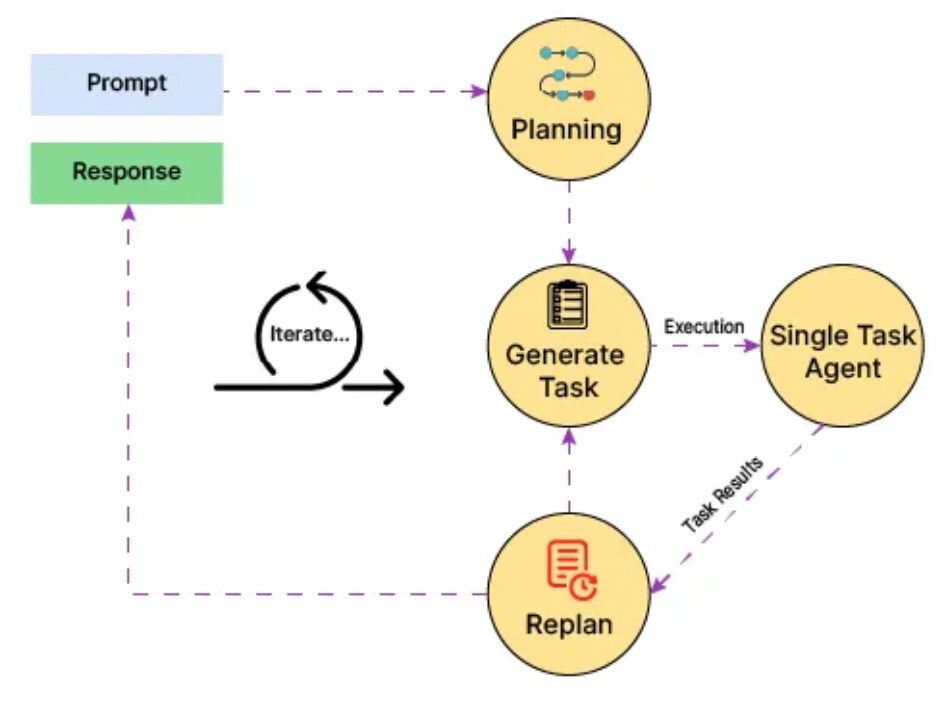🧠 From Prompts to Partners: How LinkedIn Built Its Agentic Stack
Inside the tech shift that turned LLMs into collaborative, reasoning systems powering LinkedIn’s new AI agents.
Last year LinkedIn unveiled its generative-AI tech stack, the one that powered products like Hiring Assistant, an AI that helps recruiters shortlist and message candidates.
Now that assistant is going global 🌍 and LinkedIn’s stack has evolved again, this time to support full-blown multi-agent systems.
Behind that jump lies a hard engineering problem:
How do you make dozens of reasoning agents think, plan, and act together while staying safe, observable, and fast enough for millions of users?
🚀 Your Chance to Sponsor Byte-Sized Design
We’re opening limited slots for sponsors! If you want your product in front of 39,000+ engineers and tech leaders who actually build and ship things, now’s your chance.
Get in touch by responding to this email or through Passionfroot
🧩 What Makes an Agent Different
Traditional software follows rules.
Agents follow intent.
A LinkedIn GenAI agent interprets goals, plans steps, and interacts with APIs and humans. It keeps memory, reasons with LLMs, and knows when to ask for help (“human-in-the-loop”).
Think of it as LinkedIn’s shift from “prompt → reply” to “mission → workflow.”
Each agent is modular—a micro-service with cognition.
That modularity gives LinkedIn four things every distributed-systems engineer loves:
Scalability ⚡: Run subtasks in parallel.
Resilience 🧱: Failures isolate cleanly.
Flexibility 🔌: New skills = new agents.
Observability 👀: You can trace what it was thinking.
🧠 How They Define Agents
Instead of inventing a new interface, LinkedIn reused its production muscle—gRPC.
Developers define agents as standard gRPC services, annotate metadata, and register them in a Skill Registry (a directory of all available agents and how to call them).
When the build runs, a plugin registers that definition automatically.
It’s simple, type-safe, and dev-friendly—a pattern every infra team should envy.
🔄 Multi-Agent Orchestration via Messaging
LinkedIn decided to piggy-back on their existing messaging platform instead of reinventing the wheel!
Keep reading with a 7-day free trial
Subscribe to Byte-Sized Design to keep reading this post and get 7 days of free access to the full post archives.


